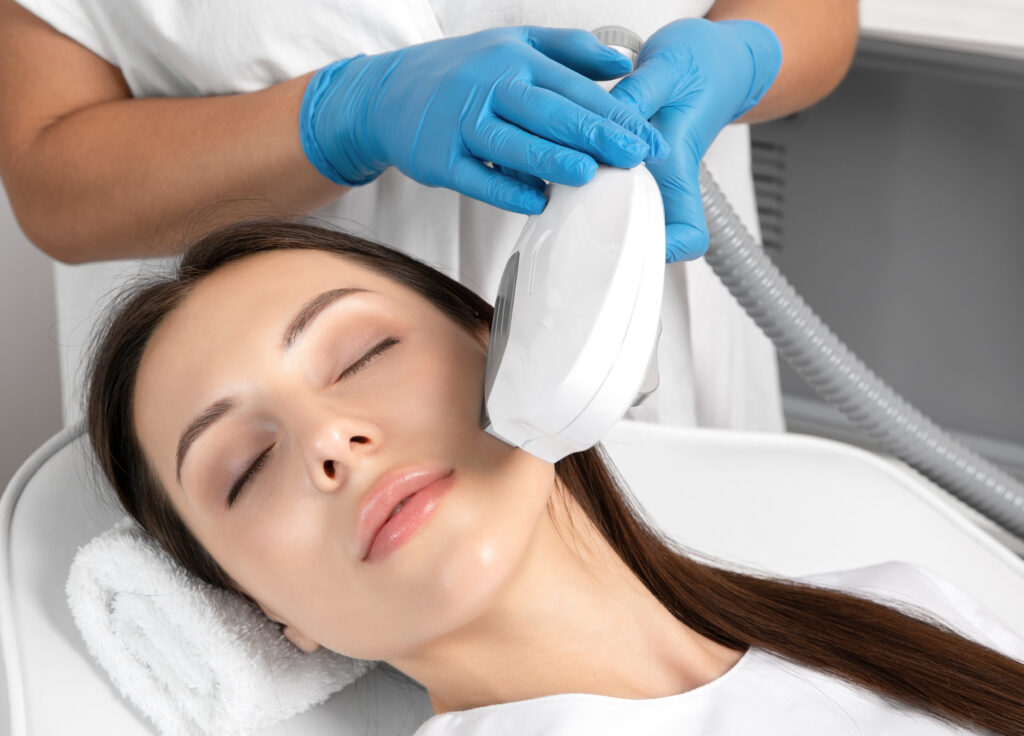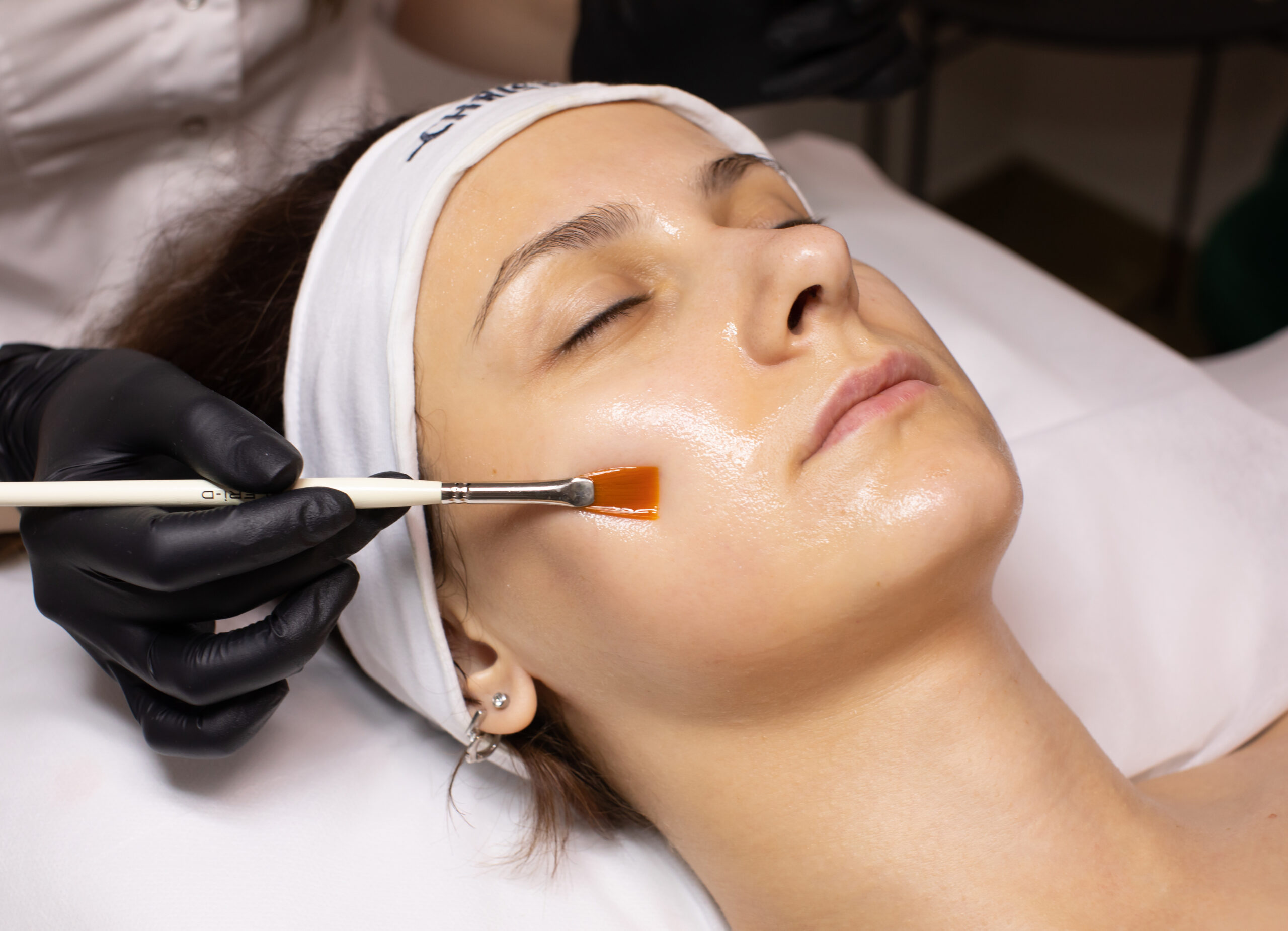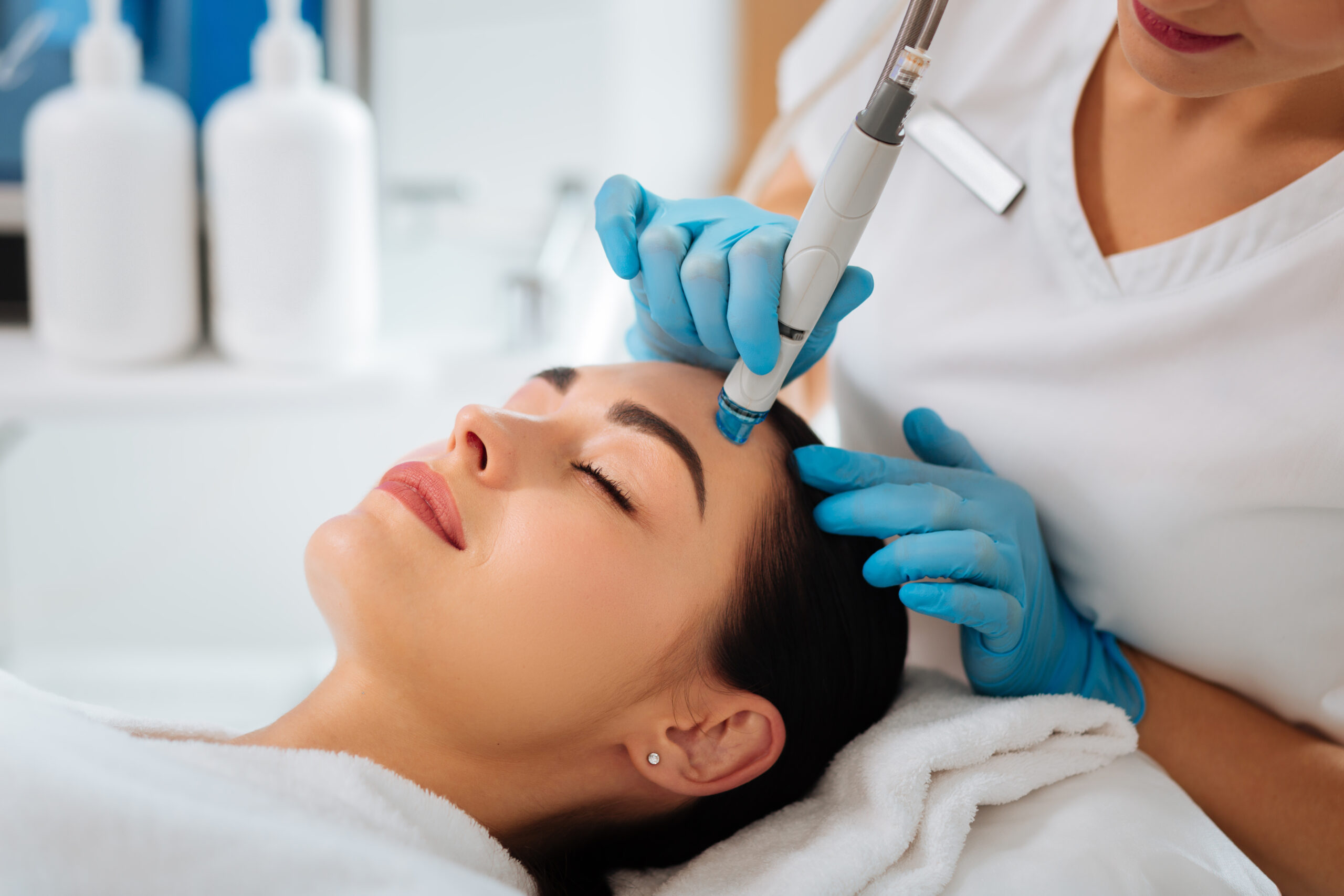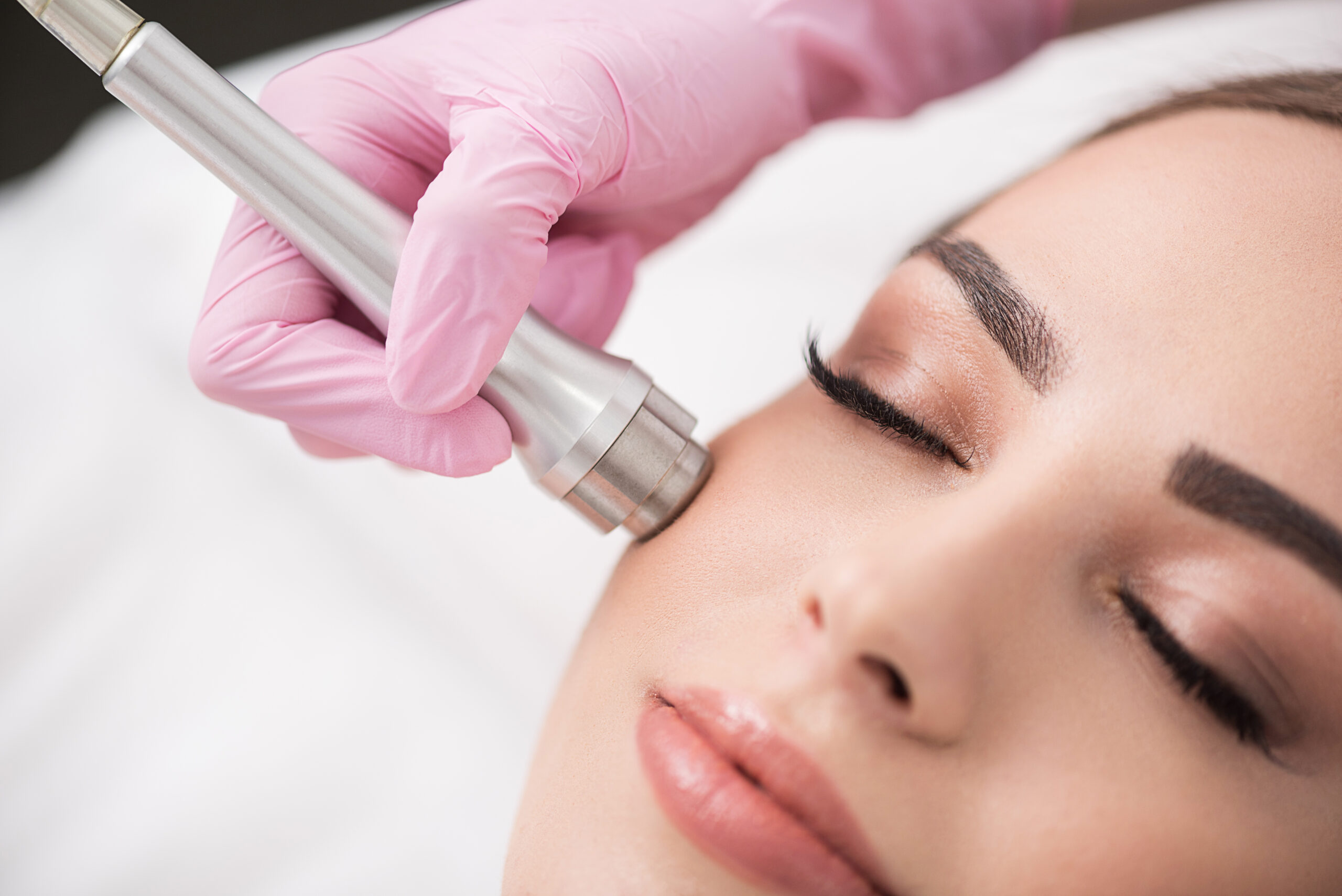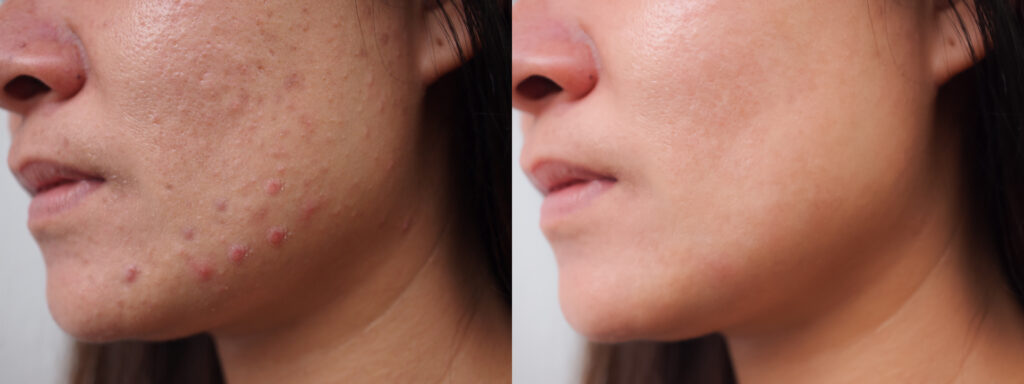Treatment involves heating the lower dermis layer to stimulate collagen production and dissolve fat.
This procedure’s advanced RF technology penetrates the skin deeply, resulting in immediate contraction. Providers use three complementary procedures for the most effective results.
FaceTite is an FDA-approved minimally invasive procedure utilizing radiofrequency (RF) energy to target fat melting and collagen production beneath the skin’s surface. This process aims to tighten the skin within the dermis. Common treatment areas include the chin, jowls, cheeks, neck, eyes, mouth, brow, forehead, and jawline.
Utilizing identical RF energy and liposuction techniques as FaceTite, NeckTite employs a specialized handpiece to address the lax skin and subcutaneous fat typically found in the neck region.
Through the synergistic application of radiofrequency energy and liposuction, NeckTite eliminates surplus fat deposits while firming and toning the skin on the neck. This anatomical area is commonly prone to sagging and the development of neck banding as individuals age. NeckTite is an ideal solution for correcting sagging skin and jowls in the neck region, resulting in a more refined and contoured appearance.
BodyTite is an advanced body contouring procedure integrating minimally invasive liposuction and skin tightening technology to enhance the contours of the breasts, arms, abdomen, back, and thighs.
Patients receive tumescent anesthesia for comfort and numbness during treatment. The provider makes a small incision to insert a cannula that delivers controlled heat to the targeted tissue. The procedure typically lasts about 60 minutes and does not require stitches or leave visible scars.
The effects of these treatments can last up to one year, with some patients experiencing results for up to five years. A gradual reduction in skin tightness may occur over time due to natural aging. Factors like daily sunscreen use, a proper skincare routine, and avoiding smoking can influence the longevity of results.
Patients may notice immediate tightening within the first week post-treatment, with minimal downtime of three to four days. This procedure, performed in a doctor’s office under local anesthesia, allows patients to return home afterward.
During the recovery period, signs of the treatment may be visible for up to a week, peaking around three days post-treatment. Most individuals take four to five days off work, with some residual evidence potentially lasting up to two weeks. The extent of the procedure and individual factors can affect this duration.
Compression garments and ice are recommended for recovery. Patients usually wear compression garments continuously for the first three days and only at night for a few weeks to support healing.
After a week, patients can resume regular activities, including exercise, as numbness in the treatment areas typically resolves within a few weeks. Post-treatment concerns are generally minimal when managed by an experienced provider.
Any symptoms affecting facial movement or causing asymmetry usually resolve over time. Arnica can help alleviate discomfort.
Patients who want further contour improvement after fat removal can consider a facelift, fat transfer, or injectable fillers. Doctors recommend waiting at least six months before pursuing further treatment to allow for optimal collagen remodeling.
RF skin tightening employs a form of radiofrequency technology that has been safely used in various medical procedures such as MRIs for many years.
There’s a long history of medical procedures such as MRIs using this same radiofrequency technology, so there’s a well-established safety track record.
To mitigate risks, seek treatment from a proficient, experienced, board-certified surgeon with extensive experience performing RF skin tightening. It is also important to maintain realistic expectations. While this procedure can notably tighten the skin, it will not produce the same results as a surgical facelift or mini-lift.


